July 8, 2023
Mabuhay
This is a photo and video journal of Day 3 - Part 2 of our family outing to Cagayan de Oro City, Mindanao Island, Philippines. We roamed around to discover interesting and historical places in the city.
Getting There
.png) |
| From our stay at Lapasan National High School, we took a jeepney ride to downtown CDO. We just walked around to get to the rest of our destinations. |
Cagayan De Oro City Hall
The Cagayan De Oro city hall is a straightforward building featuring a neoclassical architectural style painted in white.
The Philippine flag was raised in Cagayan de Misamis, now Cagayan De Oro, on January 10, 1899, as a symbol of recognition of the Revolutionary government. Governor Jose Roa Y Casas of the Province of Misamis called the celebration "La Fiesta Nacional" in his letter to Gen. Aguinaldo on January 26, 1899. This marked the people's intense celebration of Philippine Independence.
The Gov. Ysalina Bridge, also known as the Carmen Bridge, has a rich history dating back to the late 19th century. Here's a brief overview.
On this site in Cagayan de Misamis, where the Casa Real de Cagayan once stood, during the Fiesta Nacional on January 10, 1899, Philippine Independence under the Aguinaldo Revolutionary Government was first proclaimed in Mindanao. The Filipino Tricolor Flag was first raised, and the Marcha Nacional Filipina was played during a two-day fanfare filled with parades, music, speeches, and the boom of cannonades. The event marked the first formal inauguration and inclusion of a Mindanao territory within the First Philippine Republic of General Emilio Aguinaldo.
The first elected officials of the Segundo Distrito de Misamis are written in the marker.
The first elected officials of the Segundo Distrito de Misamis are written in the marker.
Gov. Ysalina Bridge
Early Construction: The first bridge was built between 1880 and 1890 using bamboo under the orders of Major Juan Zanon, a military governor of Misamis Oriental. However, it was later replaced with a suspension bridge named "Puente del General Blanco" after Governor-General Ramon Blanco y Erenas, which unfortunately collapsed during its inauguration due to the large crowd.
Steel Truss Bridge: A steel truss bridge was constructed in 1930 and inaugurated in 1931. Unfortunately, it was destroyed during World War II.
Current Bridge: The current bridge was rebuilt in 1946 using strong steel from Pennsylvania and retrofitted in 2005. It's named after former Misamis Oriental Governor Paciencio Ysalina.
Historical Significance
Cagayan De Oro Tennis Court
St Augustine Metropolitan Cathedral
After a long day of travel,
After a long day of travel, we treat ourselves to a relaxing massage.
Dinner Time in SM Mall CDO
The Ysalina Bridge holds significant cultural and historical value, having witnessed the growth and development of Cagayan de Oro. It's considered an important cultural property under Republic Act 10066, which mandates its protection and preservation
Cagayan De Oro River
The Cagayan de Oro River is an essential waterway in Mindanao, Philippines. It's about 90 miles long and flows into Macajalar Bay.
Duaw Kagayan Park
Duaw Kagay-an Park
a project by Kagay-anon International, the City Tourism Council, together with the generous citizens of Cagayan de Oro. Under the leadership of Hon. Oscar S. Moreno, City Mayor.
In loving memory of Roy Chaloner Gaan, the Founder of Kagayanon International and prime mover of Tapok and Duaw Park
Traveling on a budget??? No Worries😊😊😊
St Augustine Metropolitan Cathedral
Saint Augustine Metropolitan Cathedral is a Roman Catholic cathedral located in Cagayan de Oro, Philippines. The cathedral, dedicated to Saint Augustine, Bishop of Hippo, is the ecclesiastical seat of the Archdiocese of Cagayan de Oro.
 |
| Interior of the Cathedral |
Gaston Park Plaza
Gaston Park is a historic and cultural park situated in the center of Cagayan de Oro City, Philippines. It's named after Segundo Gastón, a former mayor of the city, and serves as an important landmark with deep roots in Cagayan de Oro's history.
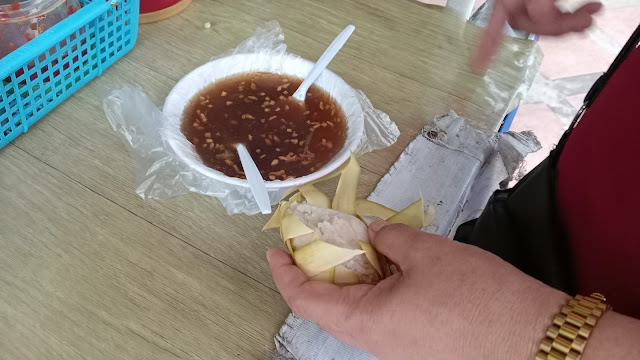 |
| Our favorite Pares. The boiled rice wrapped in coconut or palm leaf is called Puso. |
Museum Water Tower
The Cagayan Waterworks Tank
The Cagayan Waterworks tank, or the Water Tower as we know it today, began its construction in 1919 and was completed in 1922. It served as a reservoir to supply water to 3000 people in the poblacion. The water is sourced from Mahuganao spring in Malasag, Barangay Cugman, with the use of iron pipes that were sourced from the US. The tower survived the onslaught of World War II and continued to supply water to the community until the 1970s. The building was later used as a temporary office of Barangay 1 between 1994 to 2000. In 2001, the photographers from the Golden Friendship Photographers Association Inc. (GoFPAI) used the building as a makeshift darkroom to develop their negative films when taking photos of park and church activities. In 2008, the tower was repurposed by the LGU to become the Cagayan de Oro City Archives and Museum, which is now the Cagayan de Oro City Museum and Heritage Studies Center.
Jose Rizal Park
 |
| National Flag Day Dedication Marker May 28, 1968 |
Dinner Time in SM Mall CDO
 |
| Happy, happy birthday to my lovely wife. Cheap accommodations are available everywhere in Bohol Island 👉👉👉 Budget-Friendly Accommodation in Bohol Island Philippines |








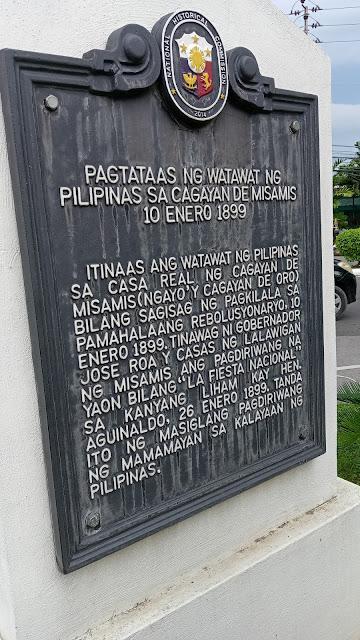








































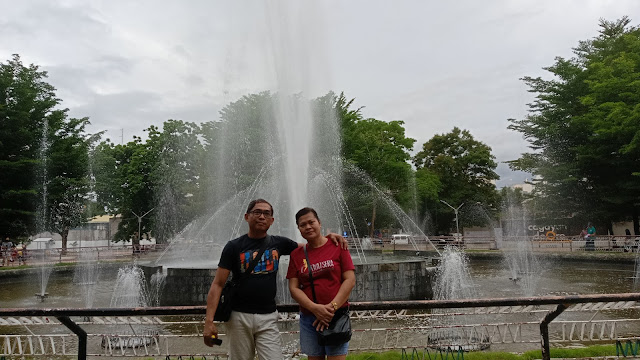
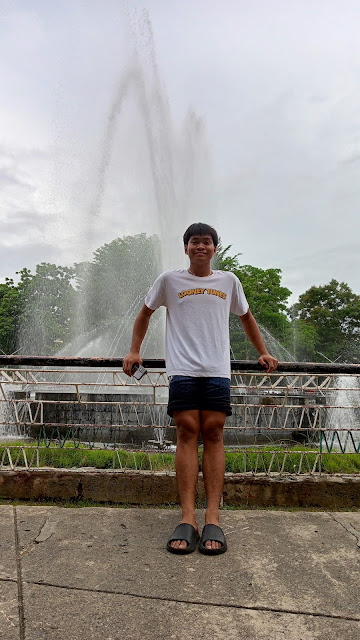



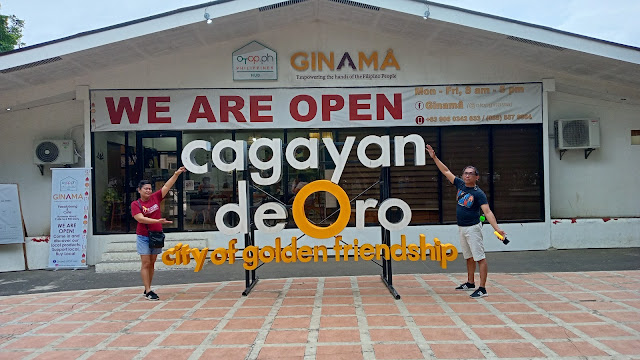


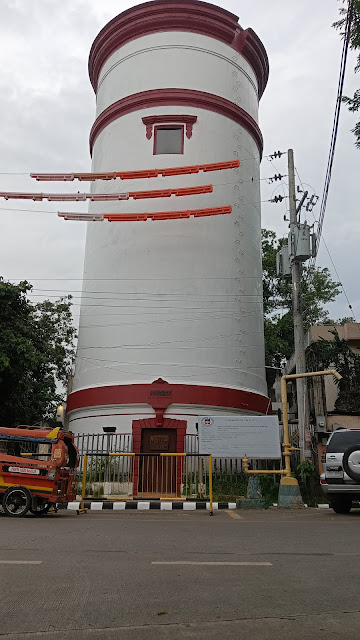





































No comments:
Post a Comment